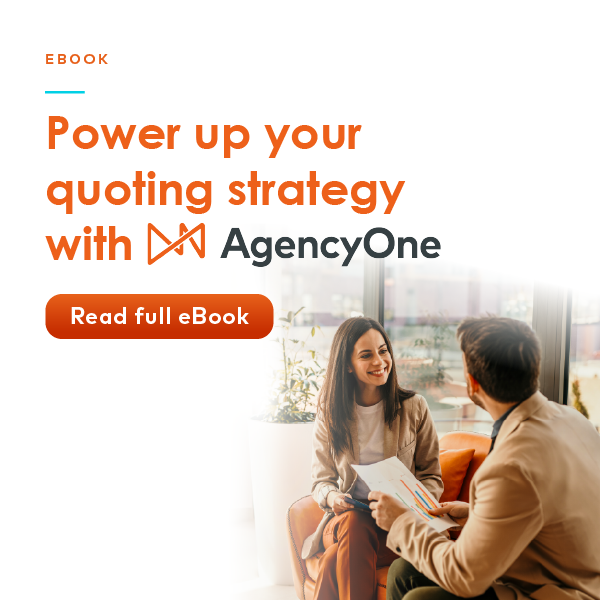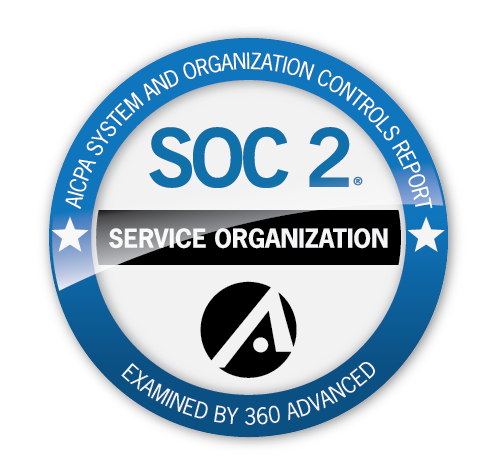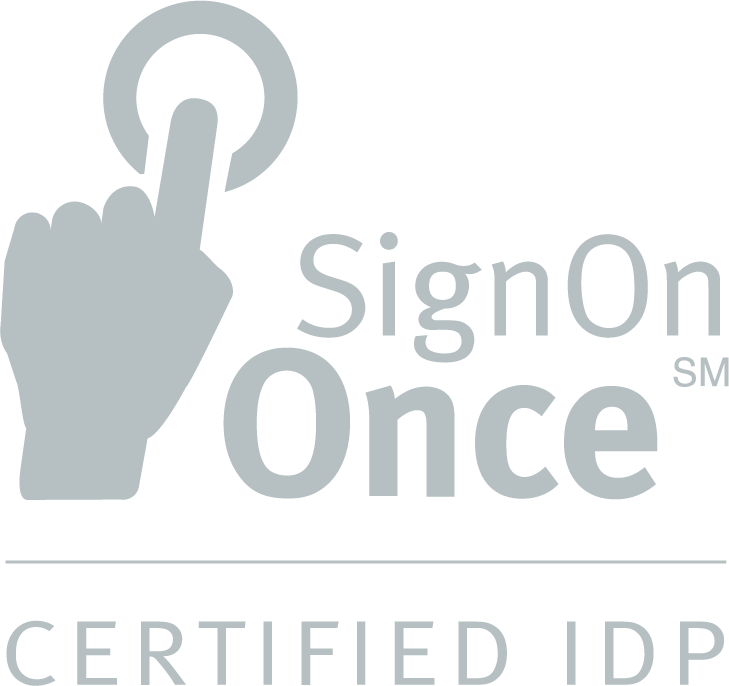Service
Renew smarter and faster
Give clients real choice
Let the conversation flow
Complete your customer’s quote application easily with our interview-style workflow.
Save time with templates
Create an unlimited number of default quote scenarios with the template function.
Bind quotes immediately
With one click, you can bind a policy inside PL Rating™.
Sales
Quote 320+ carriers
Win more business in seconds
Gain leads effortlessly
Empower prospects to get a rate from your agency website or social media profiles.
Close business on the spot
Bind directly within the comparative rater with no extra steps needed.
Improve service partnership
Help service team members be more proactive with a view into quoting status.
Operations
Streamline quoting
Do more with your data
Integrate your tech stack
Easily connect our insurance rating engine to your management or sales system.
Prefill accurate data
Save your team time with home, driver, and vehicle data that auto-fills without the need for duplicate data entry.
Trust your data
Get the highest quality information with prefilled, verified third-party data.
PL Rating's carrier inventory
Click to see the carriers and lines of business available on PL Rating in your state.
Click to see the carriers and lines of business available on PL Rating by carrier.
Users and industry leaders love PL Rating

Why agencies choose PL Rating insurance quoting software
| Top features | PL Rating | Other personal raters |
|---|---|---|
| Lines of business: home, auto and other LOBs depending on state | ✓ Available | ✓ Available |
| Carrier inventory | ✓ 300+ carrier partners | ✓ 300+ carrier partners |
| Data prefill | ✓ Available | ✓ Available |
| Dynamic question sets | ✓ Available | ✓ Available |
| Reserve quote in market | ✓ Available | ✓ Available |
| Offer comparative rater quotes on website | ✓ Available | ✗ Limited |
| Management system integration | ✓ AMS360, Sagitta, QQCatalyst, and over 20 other management systems | ✗ Limited |
| Open architecture | ✓ InsurTech partner integration available | ✗ Limited integrations |
| Interview-style workflow | ✓ Available | ✗ Not available |
| Unlimited quote templates | ✓ Available and customizable | ✗ Not available |
| Instant bind in rater | ✓ Available | ✗ Not available |
| Setup and implementation | ✓ Days | ✗ Weeks |
Open architecture
More resources to love
Is a comparative rater the right fit?
Browse our buyer’s guide to learn which factors to consider when it comes to choosing a comparative insurance rater for your agency.

Built to support your entire team
Meet our new platform, AgencyOne
AgencyOne brings our solutions, partners, and your team together into one integrated platform that connects your entire business.
Resources on Vertafore’s insurance rating engine
Still on FSC Rater?
Upgrade for free to our PL Rating insurance quoting software.
Frequently asked questions
How does PL Rating benefit insurance agencies?
View More
Speeds up quoting, increases productivity, and drives revenue growth through real-time multi-carrier access and automation.
Is PL Rating easy to use?
View More
Yes—simply enter data once, quote multiple lines instantly, and leverage built-in tools for a streamlined experience.
Can PL Rating be integrated with other agency management software?
View More
Fully integrates with AMS360, Sagitta, QQ Catalyst, and other systems to improve accuracy and efficiency.
What features should I look for in a personal lines rater?
View More
A comparative rater should have: real-time rates, easily integrates with other systems, and an intuitive interface.
A comparative rater should have: real-time rates, easily integrates with other systems, and an intuitive interface.


